Table Of Contents
- What Is Demand Management?
- Benefits Of Demand Management
- 1. Optimized Inventory Level
- 2. Enhanced Customer Satisfaction
- 3. Efficient Resource Allocation
- 4. Improved Planning & Forecasting
- 5. Cost Reduction
- 6. Increased Revenue
- Challenges Of Demand Management
- Advantages Of Demand Management:
- 1. Improve Product Forecasting
- 2. Increasing The Supply Chain Scheduling
- 3. Labour Management Optimization
- 4. Cash Management
- What Is Pattern Of Business Activity?
- Conclusion
What Are The Types Of Activity Within Demand Management?
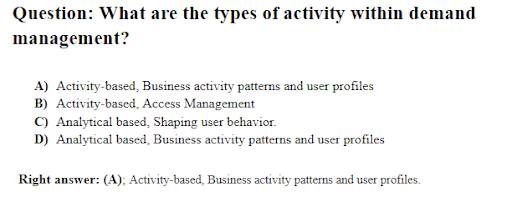
What is demand management?
What are the various types of activities that we see within demand management?
Are there any advantages or challenges in exercising demand management within an organization?
The following article answers all of these questions. We have also explained the answer to your question ?what are the types of activity within demand management??
What Is Demand Management?
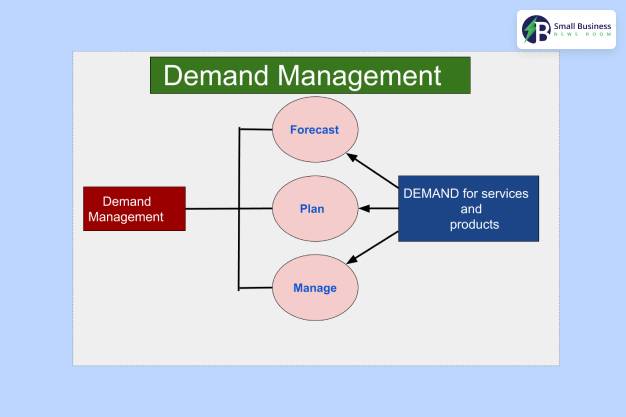
Before we explain the question what are the types of activity within demand management, we will discuss what demand management is.
The explanation of the question further defines what Demand management is. It is a unified planning methodology applied at both macro and micro-level within an organization. It enables the organization to plan for and manage the demand for its products and services.
Demand management helps the organization keep its supplier relationship intact and its advantages. Various organizers use demand management to address things such as-
- External spending factors
- Arrange orders
- Purchase orders
- Eradicate waste
One thing that demand management focuses on is the volume of products purchased from the providers. Unlike the conventional sourcing initiatives, they do not focus on individual pricing.
Some alternative terms for demand management are strategic spend management or consumption.
Benefits Of Demand Management
There are several aspects of demand management that you must know at your end. You need to take care of reality while you want to reach your goals with complete ease. Some of the key factors that you must know here are as follows:-
1. Optimized Inventory Level
By forecasting demand accurately, businesses can maintain optimal inventory levels, avoiding excess stock or shortages. This leads to reduced carrying costs and minimized stockouts. By aligning production and resources with actual demand, demand management contributes to sustainability efforts by reducing waste and environmental impact associated with overproduction and excessive inventory.
2. Enhanced Customer Satisfaction
Meeting customer demand effectively improves customer satisfaction. Understanding and fulfilling customer needs promptly can lead to increased loyalty and positive brand perception. You need to go through the facts that can assist you in reaching your objectives with complete ease.
3. Efficient Resource Allocation
Demand management assists in allocating resources efficiently by aligning them with anticipated demand, reducing waste, and improving resource utilization. You must ensure that you follow the correct process from your end. Without proper and effective planning, things can turn worse for you.
4. Improved Planning & Forecasting
It enables better planning and forecasting by providing insights into market trends, allowing businesses to make informed decisions regarding production, marketing, and distribution. Once you follow the correct process, things can turn out better for you in all possible ways. Try to follow the correct process.
5. Cost Reduction
Effective demand management minimizes costs associated with excess inventory, production inefficiencies, and rush orders caused by inadequate planning. You can reduce your cost to a great extent once you follow this process from your end.
6. Increased Revenue
Anticipating and fulfilling demand leads to increased sales opportunities and revenue generation, especially when businesses can capitalize on high-demand periods. Anticipating demand fluctuations helps mitigate risks associated with uncertainties in the market, reducing the impact of market downturns or unexpected changes.
By aligning production and resources with actual demand, demand management contributes to sustainability efforts by reducing waste and environmental impact associated with overproduction and excessive inventory. In essence, effective demand management allows businesses to align their operations with market demands, leading to better resource allocation, reduced costs, improved customer satisfaction, and overall enhanced competitiveness in the market.
Challenges Of Demand Management
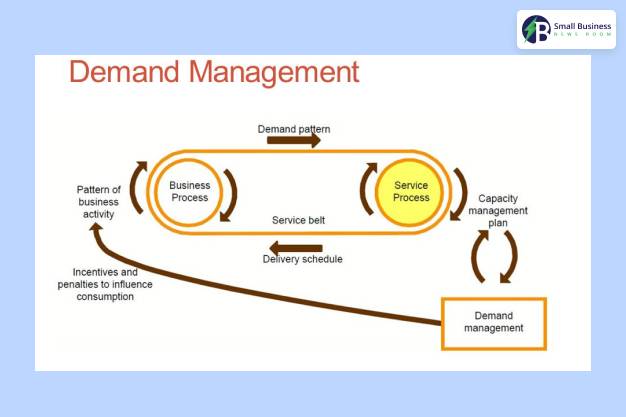
While using the demand management method, an organization may face certain challenges.
- Poor understanding of the automated algorithm is one of those challenges.
- Balancing act for sales, working with retailers for creating demand modeling to determine the timing.
- The third challenge is the elusive signals. In this case, the manufacturers lack a data structure that they can use to receive, store, and use points of sale data from the retailers.
Advantages Of Demand Management:
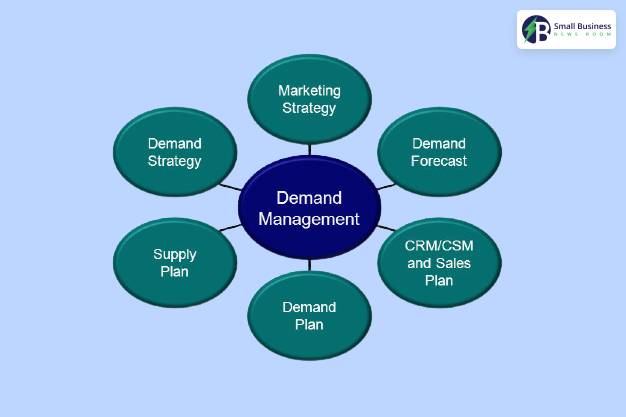
There are many advantages of applying the demand management protocol within an organization. Here are some of the benefits or advantages of using demand management.
1. Improve Product Forecasting
The organizations can use demand management to assist the supply chain managers through product forecasting accurately and also by predicting the expected revenue for the organization.
2. Increasing The Supply Chain Scheduling
Organizations or businesses need to analyze and foresee when their sales are likely to happen. With the help of specific information, businesses can plan their production, shipping, and sales.
3. Labour Management Optimization
Demand management also helps organizations optimize their staff members? the data of members in the different staff working in different roles in the organization. Demand management helps in gathering data such as that.
4. Cash Management
Cash management is one of the advantages of using business management. It helps an organization in better managing the cash flow.
What Is Pattern Of Business Activity?
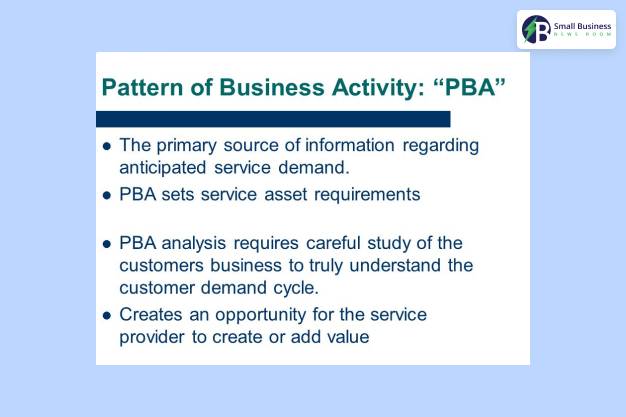
Our question was, what are the types of activity within demand management.
The answer to the question is option (A). So, what are the business activity patterns and user profiles? Here is a little description of the Patterns of Business activities.
Patterns of business activity or PBA are generally workload profiles. PBA describes the demand for specific services. PBA are important tools in demand management used to anticipate and influence service demands.
In every business, there will occur a number of workload variations. These patterns get identified as the patterns of business activity. PBA helps understand their effects on business activities.
This type of activity in demand management is responsible for representing business dynamics; it also includes business interaction with patterns, suppliers, customers, and other stakeholders.
Conclusion
Activity-based demand management is able to consolidate the demand patterns and ensure that the business plans of the customers are in sync with the capacity management plans.
In this article, we have answered what are the types of activity within demand management and attached a brief explanation for further clarification. Did you find this article helpful? Please let us know.




















